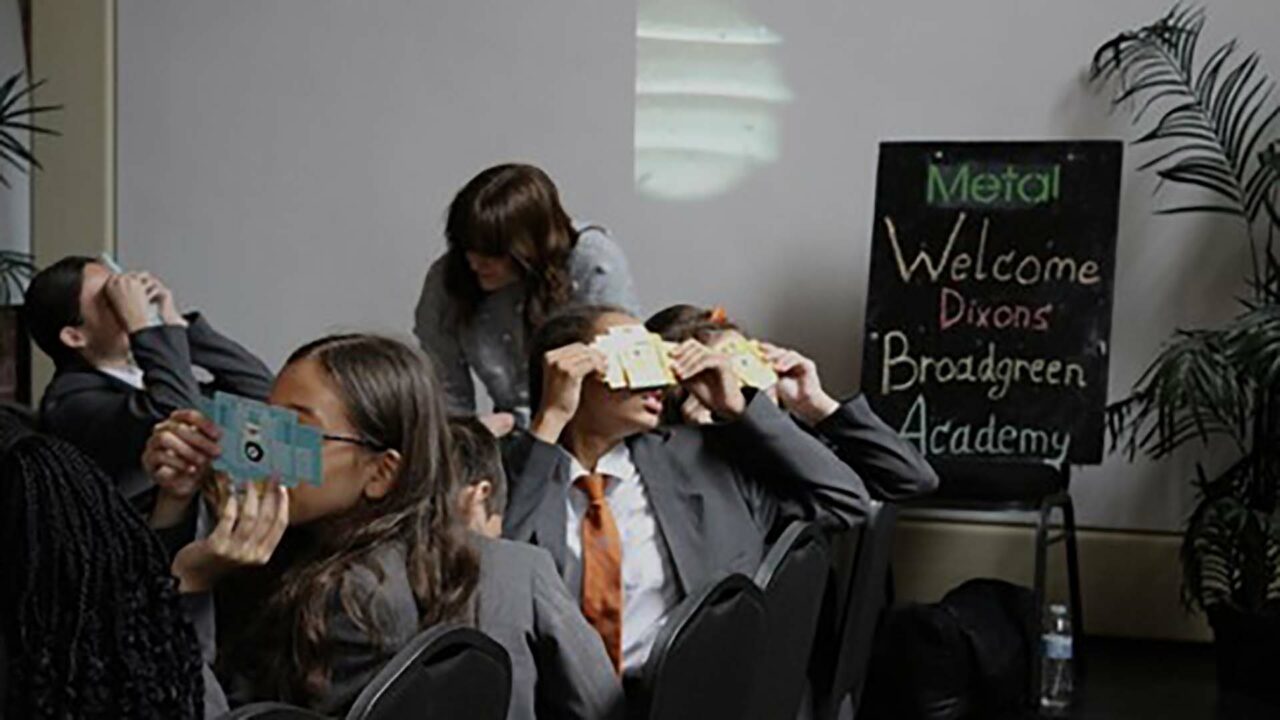- Posted on December 1st, 2022
The journey to selecting more sustainable suppliers with Metal Culture

Metal Culture’s journey to selecting more sustainable suppliers
Making environmental commitment
Metal Culture is an arts organisation with three sites across the UK. All of our buildings had a previous use and two are grade II listed. Until pledging to take action in our environmental policy in October 2020, we were not looking at all at the impact of our suppliers on our sustainability targets as an organisation. Since making a pledge to look at the impact of suppliers, we have introduced decision making matrices into our project planning.
The decision making matrix
This is a simple table style form, which weighs up the different impacts against choosing more energy efficient suppliers. This is structured to encompass different themes of procurement: energy, travel, waste, food and materials.
Although we have long-term leases with each of our buildings, we don’t own them. This means that we are limited in the direct negotiations we can enter into around Scope 1 energy use. In Liverpool, we work from Edge Hill Station, which is a Network Rail property. We do not choose the service provider for our utilities. However, we are currently in negotiation regarding our gas supply (which has recently been affected by a gas leak) and converting that supply to electric. Similarly, through our work with SHIFT network (a sustainability network of 60 Liverpool based cultural organisations), both small and big organisations have highlighted the difficulty in making a difference when you don’t have autonomy over your energy supplier.
Since March 2022, we have been working closely with Ecotricity, renewable energy suppliers, to begin conversations with the cultural sector to move over to them. We know of one organisation that has invested in solar panels through their support. The cost is larger with Ecotricity but the compromise offered to the network is enhanced customer service benefits and dedicated officers in the organisation, as well as PR opportunities. We had hoped that the collective buying power of a consortium of organisations could produce a favourable deal with a green energy supplier, but as yet this has not been realised due to the varying landlord relationships and mixed tenures of buildings.
Although we haven’t entered directly into negotiations with suppliers, we have many examples of how making a pledge to reduce our carbon emissions has resulted in our work having a wider impact. Following our relationship with the LCEI (Liverpool’s Low Carbon Eco-Innovatory), we have reduced emissions through our staff travel; being flexible to staff members working from home and encouraging staff to shift habits and walk or use public transport more. Our marketing campaigns and partnerships also strongly promote sustainable transport. For example, during the Estuary festival in Southend we secured partnerships with C2C and Southeastern railway companies and worked hard to promote sustainable forms of travel. The resulting statistics show that a high proportion of audiences travelled using public transport/walking despite the ongoing Covid restrictions during May/June 2021: 49% of our audiences travelled to the festival using a combination of public transport, cycling and walking, 21% used rail or bus, 41% cycled or arrived on foot.
One of the main impacts of beginning this work is that we now factor in more time to avoid last-minute spending, which results in having to use inefficient online services, and fast delivery options. Instead, we regularly choose to shop locally or spend more time sourcing suppliers with green credentials. Allowing for longer project planning stages meaning we can factor in a negotiation stage and the potential for waiting longer for a delivery. We regularly cook food as part of our programme, since 2019, we have moved to an exclusively vegetarian menu. To do this, we have sourced several local supermarkets and caterers, which also source food locally. We have also stopped using disposable cups/cutlery and re-use plastic containers for any leftovers.
For our Scope 2 energy use, we have reduced desktop computer use on site, switching to laptops, and choosing refurbished models when hardware needs replacing. We also requested LED lighting for some recent building improvement works. We switched from Biffa to Emerge recycling for our waste disposal. Emerge offered to recycle soft plastic, paper, tetrapak, and metal materials for recycling, which was not provided by Biffa.
The artists we work with are a driving force behind us considering different approaches and suppliers. For example, Ross Dalziel, a recent residency artist created a prototype bio-plastic from materials widely available online. The workshop aim was to share with the wider public the methods of growing your own bio-plastic. Ross undertook research to source all these materials within the North West. This has led us to explore the use of sustainable materials for exhibitions and future artwork production.

